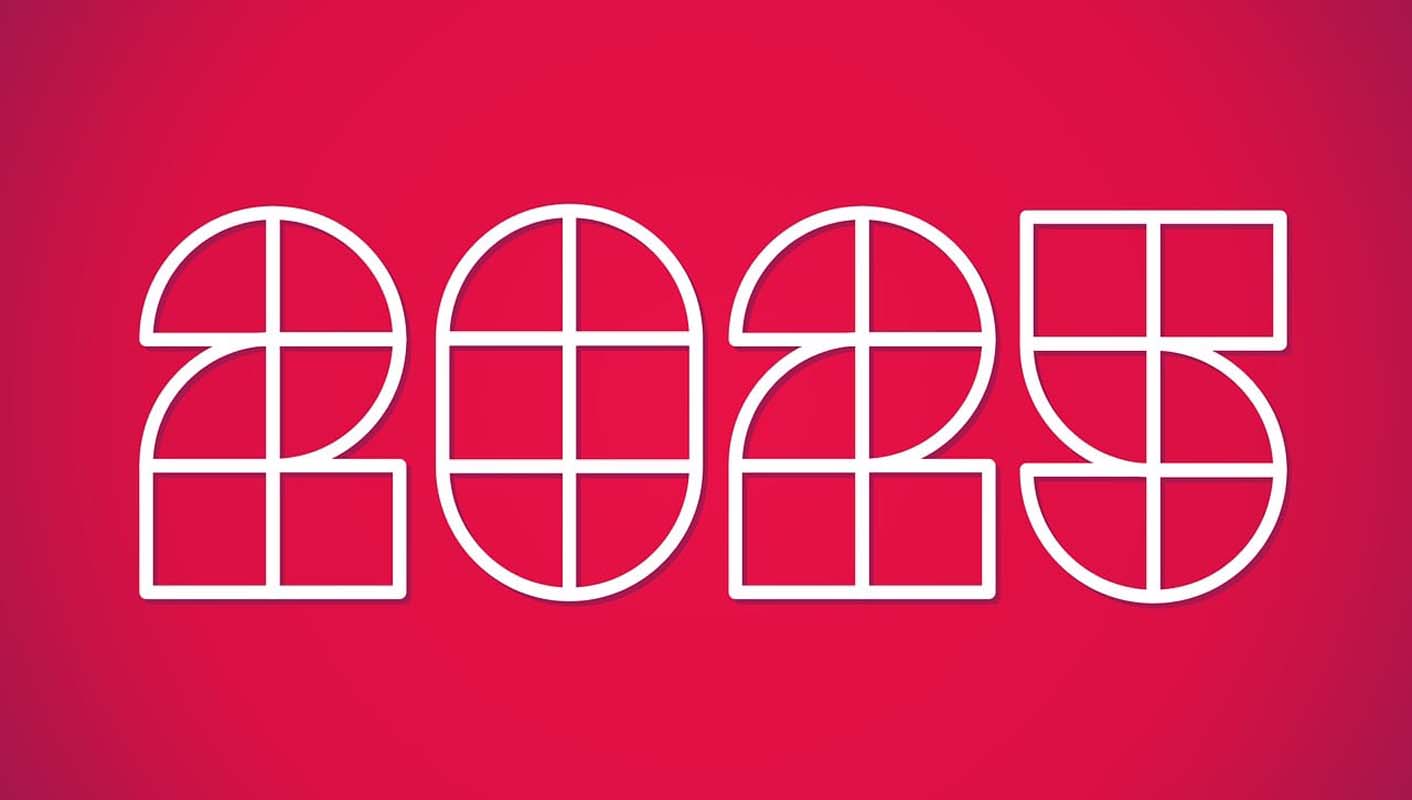
403
Sorry!!
Error! We're sorry, but the page you were looking for doesn't exist.
Three Win Nobel Prize in Physics 2025
(MENAFN) The 2025 Nobel Prize in Physics was presented on Tuesday to John Clarke, Michel H. Devoret, and John M. Martinis for their "discovery of macroscopic quantum mechanical tunnelling and energy quantisation in an electric circuit."
This prestigious recognition celebrates their groundbreaking work in quantum physics.
During the 1980s, while at the University of California Berkeley, the three scientists—a British, a French, and an American—conducted pioneering experiments involving an electrical circuit.
Their work successfully demonstrated both quantum tunneling and quantized energy states on a macroscopic scale, according to a statement from Stockholm’s Royal Swedish Academy of Sciences.
Quantum mechanics permits particles to traverse barriers through a process known as tunneling. Typically, when dealing with large quantities of particles, these quantum effects tend to disappear.
However, the laureates’ research revealed that the "bizarre properties of the quantum world can be made concrete in a system big enough to be held in the hand."
In the previous year, 2024, the Nobel Prize in Physics was awarded to John J. Hopfield and Geoffrey Hinton "for foundational discoveries and inventions that enable machine learning with artificial neural networks."
Since its inception in 1901, the Nobel Prize in Physics has been bestowed 119 times to 230 distinguished laureates.
Among them, the late John Bardeen, a specialist in condensed matter physics, remains unique as the only individual to receive the award twice, first in 1956 and later in 1972.
This prestigious recognition celebrates their groundbreaking work in quantum physics.
During the 1980s, while at the University of California Berkeley, the three scientists—a British, a French, and an American—conducted pioneering experiments involving an electrical circuit.
Their work successfully demonstrated both quantum tunneling and quantized energy states on a macroscopic scale, according to a statement from Stockholm’s Royal Swedish Academy of Sciences.
Quantum mechanics permits particles to traverse barriers through a process known as tunneling. Typically, when dealing with large quantities of particles, these quantum effects tend to disappear.
However, the laureates’ research revealed that the "bizarre properties of the quantum world can be made concrete in a system big enough to be held in the hand."
In the previous year, 2024, the Nobel Prize in Physics was awarded to John J. Hopfield and Geoffrey Hinton "for foundational discoveries and inventions that enable machine learning with artificial neural networks."
Since its inception in 1901, the Nobel Prize in Physics has been bestowed 119 times to 230 distinguished laureates.
Among them, the late John Bardeen, a specialist in condensed matter physics, remains unique as the only individual to receive the award twice, first in 1956 and later in 1972.

Legal Disclaimer:
MENAFN provides the
information “as is” without warranty of any kind. We do not accept
any responsibility or liability for the accuracy, content, images,
videos, licenses, completeness, legality, or reliability of the information
contained in this article. If you have any complaints or copyright
issues related to this article, kindly contact the provider above.
Most popular stories
Market Research

- Pepeto Presale Exceeds $6.93 Million Staking And Exchange Demo Released
- Citadel Launches Suiball, The First Sui-Native Hardware Wallet
- Luminadata Unveils GAAP & SOX-Trained AI Agents Achieving 99.8% Reconciliation Accuracy
- Tradesta Becomes The First Perpetuals Exchange To Launch Equities On Avalanche
- Thinkmarkets Adds Synthetic Indices To Its Product Offering
- Edgen Launches Multi‐Agent Intelligence Upgrade To Unify Crypto And Equity Analysis



















Comments
No comment